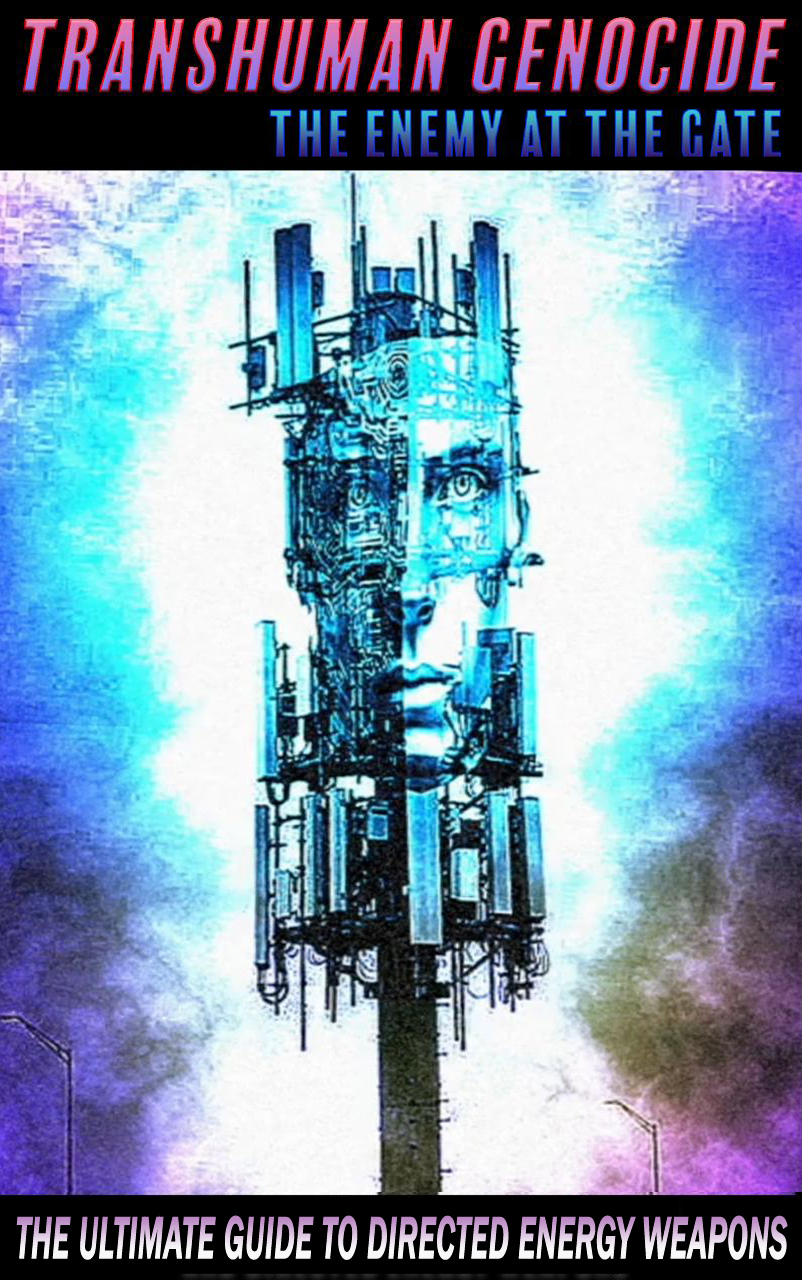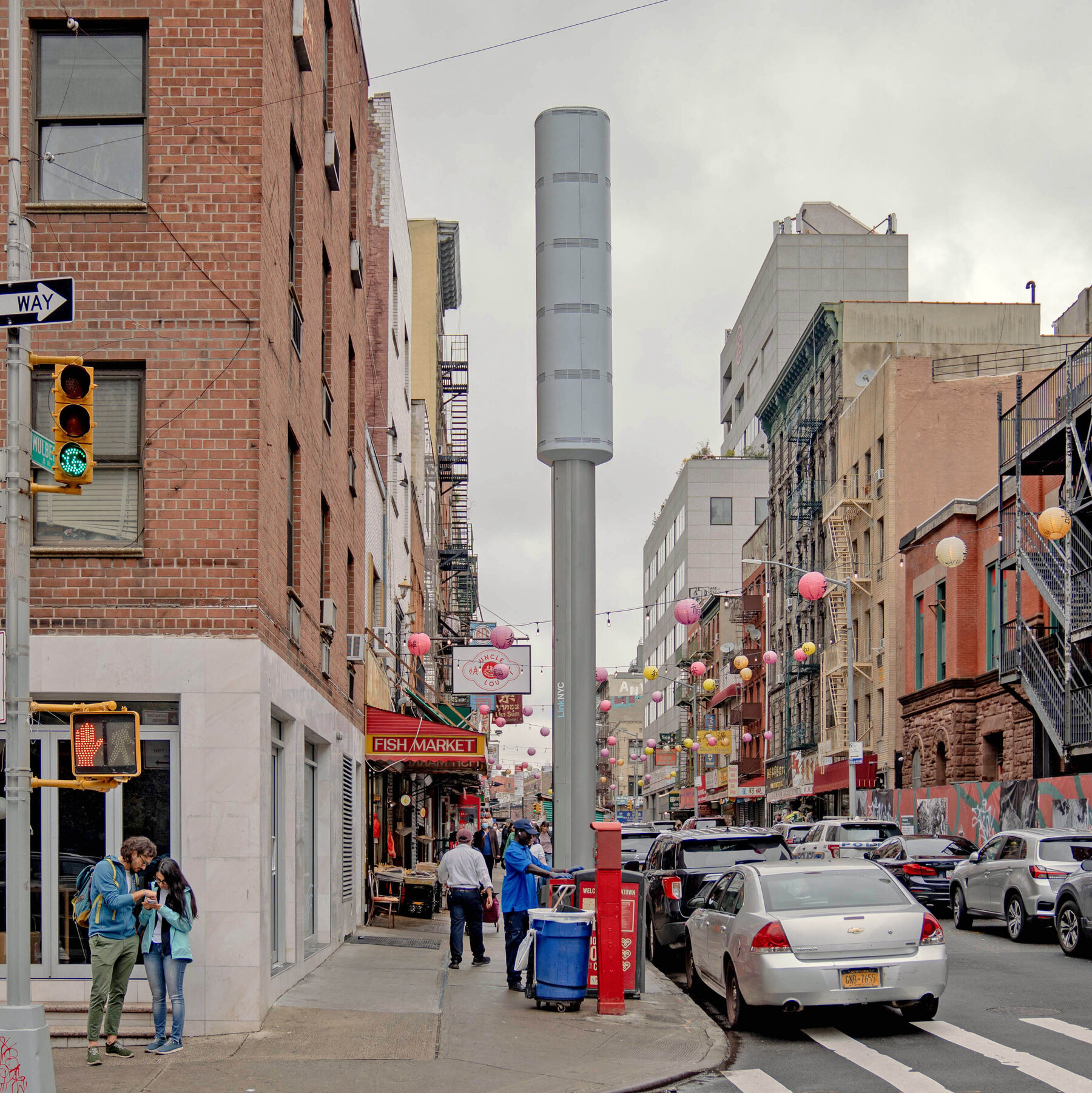The fusion of human biology with artificial intelligence, a concept championed by futurist Ray Kurzweil, paints a picture of a future where the boundaries between man and machine blur into obscurity. Kurzweil’s vision of “The Singularity,” where machine intelligence outstrips human intellect, is both mesmerizing and alarming. The official narrative celebrates his accolades as a tech luminary, obscuring the potential dangers lurking beneath the surface. Yet, beneath the veneer of innovation lies a sinister agenda that threatens the very essence of humanity.

Kurzweil’s celebrated status in the technological realm serves as a shield, deflecting scrutiny from his radical ideas of transhumanism and digital immortality. The mainstream narrative portrays him as an innovator, highlighting his contributions to optical character recognition and speech synthesis. However, these achievements mask a deeper agenda, one that seeks to transcend the limitations of the human experience through a melding of man and machine.
The glossy facade of Kurzweil’s public persona cracks under the weight of his transhumanist ambitions. Advocating for a future where humans merge with technology to achieve physical immortality, Kurzweil’s rhetoric dances dangerously close to playing god. His predictions of extended lifespans through biotechnological marvels may seem utopian, but the implications of such a reality are far from benign. The promise of eternal life through synthetic organs and digital interfaces conceals a darker truth – the erosion of our very humanity.
In the depths of Kurzweil’s manifesto “The Singularity is Near,” lies a chilling prophecy of humanity’s subjugation to artificial overlords. Transhumanism, with its allure of enhanced physical and mental capabilities, paves the way for a future where humans become mere cogs in the machine. While Kurzweil champions the benefits of human enhancement, the shadows of inequity and ethical decay loom large. His vision raises profound questions about the essence of personhood and the perils of unchecked technological advancement.
The implications of Kurzweil’s techno-utopia are dire, with the most vulnerable members of society bearing the brunt of its consequences. As the divide between the enhanced and the unaltered widens, a new caste system emerges, relegating the unenhanced to the fringes of society. The promise of immortality becomes a curse, trapping humanity in a cycle of dependence on machines for survival. Kurzweil’s vision, once seen as a beacon of hope, morphs into a dystopian nightmare where human agency is a relic of the past.
In the court of history, the Intent, Means, and Opportunity of the architects of this transhumanist nightmare stand exposed. The intent to transcend human limitations through technology, the means to reshape society through biotechnological advancements, and the opportunity to mold a new world order where man and machine are indistinguishable – these are the charges laid bare. The trial of Kurzweil and his ilk is not just for their crimes against humanity but for their hubris in playing with forces beyond their control.
As we stand at the precipice of a new era, the echoes of past empires ring in our ears. The rise and fall of civilizations are etched in the annals of time, a reminder of the fragility of power and the inevitability of downfall. The path laid out by Kurzweil and his cohorts leads not to enlightenment but to enslavement. The choice before us is stark – to resist the siren song of transhumanism and reclaim our humanity or to march blindly into a future where man is but a footnote in the annals of progress.

